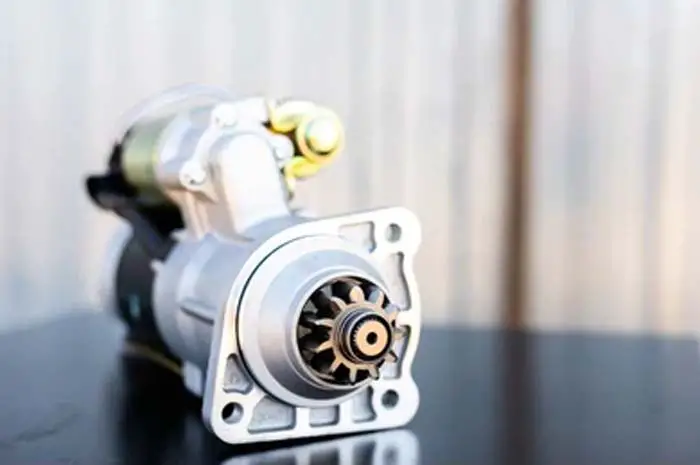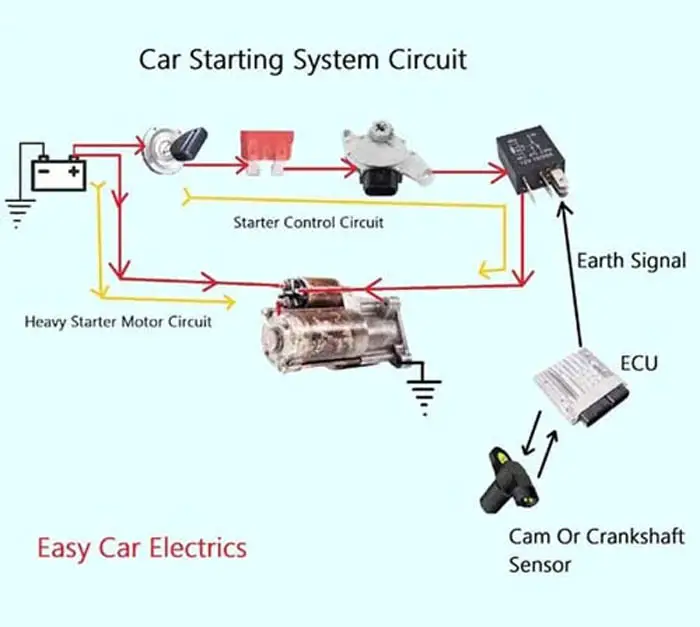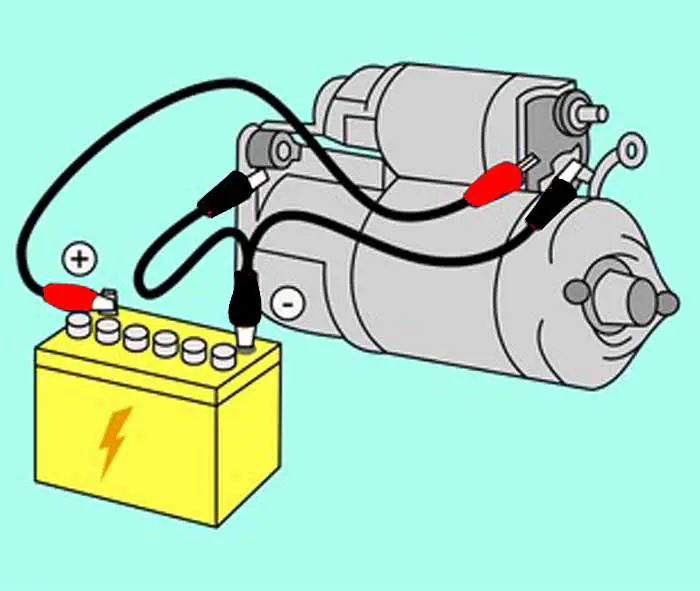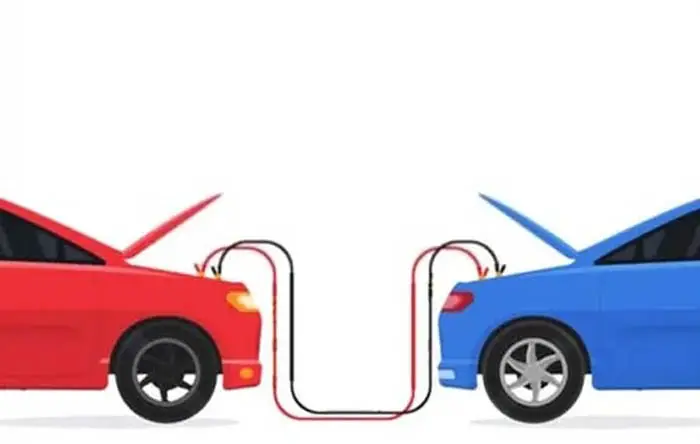
A jump start is a method of starting the vehicle in which a car is started with a flat battery via a jumper lead, connected to another vehicle, or some other external power source. The main problem in a jump-start car is a dead battery because the battery is not able to provide enough amount of current to the starter motor to start the car.
Having trouble jump starting your car? Learn the common reasons why it may not be working, along with solutions on how to get your car running again.
Jump-starting is a tricky process, one should take caution before jump-starting the car because a mistakenly produced spark can cause a fire. In my article, I have explained the four different ways to jump-start the car without another car.
Precautions to Take Before Jump-Starting
- Advise readers to park the vehicles in a safe location away from traffic.
- Ensure both vehicles are turned off and the keys are removed from the ignition.
- Instruct readers to engage the parking brakes on both vehicles.
- Warn against smoking or open flames near the car battery, as it can ignite battery gases.
- Suggest disconnecting any electronic devices or accessories from the dead vehicle.
- Recommend inspecting the battery for any signs of damage, leakage, or corrosion.
- Caution readers to avoid touching the battery terminals with bare hands or tools.
- Encourage readers to carefully read their vehicle’s owner’s manual for any specific precautions or warnings.
By following these safety precautions, you can minimize the risks associated with jump-starting a car and ensure a safer and smoother process.
Gathering the Tools
Before jump-starting a car, it’s important to gather the necessary tools and equipment to ensure a successful and efficient process. Here are the essential tools you will need.
1. Jumper Cables: Jumper cables are the primary tool required for jump-starting a car. Ensure that you have a set of sturdy and properly insulated jumper cables.
2. Spare Battery or Jump Starter Pack: You will need either a spare battery or a jump starter pack to provide the necessary power to jump-start the dead vehicle.
How To Properly Jump Start A Car With Leads
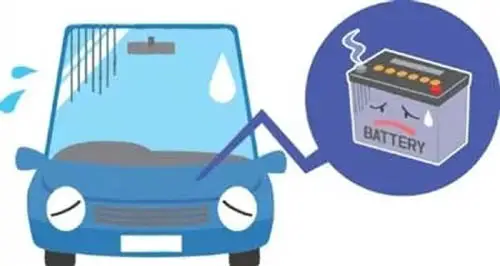
In jump-starting, the car’s battery is not able to turn the starter motor to start the car, that is why an external power source is used to add up the power to the car’s dead battery to start the engine.
A variety of things can cause the battery to drain. For example, if you have left your car’s headlights or interior lights turned on the whole night, it can drain your car’s battery. If you have run your radio or other electrical accessories, when the engine is OFF, can also drain your battery.
The battery can also die if it is too corroded or has a problem with the alternator or wiring connection. Similarly, the battery can drain if the car is not used for a few days or weeks.
This is a Danger
Do not jump-start the car on a frozen, dry, cracked, or leaked battery.
This is a Danger
Cautions: Always attach the jumper leads to the 12-volt lead-acid battery in a vehicle. Do not attach the jumper leads to the Nickel-metal hydride hybrid battery that is more than 200 volts, which can kill you.
Tools You Need:
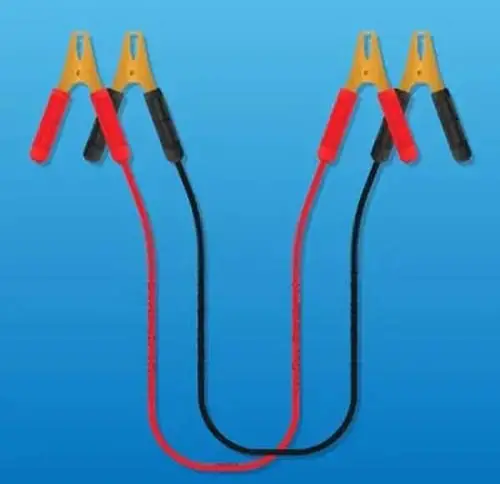
Two things are needed.
- Jumper Leads
- Power Source
Jumper leads or jumper cables are long insulated cables with crocodile shape ends. Usually, jumper leads come in two colors, red and black. The red-colored jumper lead is typically used for positive power sources, and the black jumper lead is used for negative power sources.
Car batteries have two posts, positive and negative posts. The positive post is bigger in size compared to the negative post. The positive post is marked (+), whereas the negative post is marked (-).
This is a safety Precaution
Remove dangling clothes, rings, watch straps, necklaces, etc also don’t smoke near batteries.
The 3 Quick And Easy Steps Of Properly Jump Start A Car With Leads | A Step-By-Step Procedure
Below is the step-by-step procedure of how to jump-start a car with another car with leads by yourself.
Step 1. Get Prepared
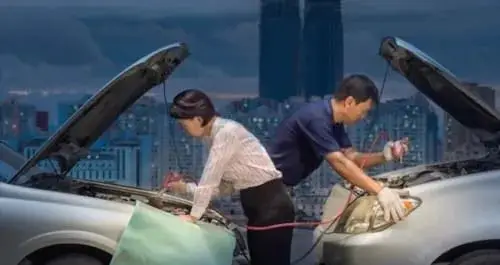
- Bring both cars in a closed position preferably, nose-to-nose, so that both cars’ batteries are easy to reach without touching each other. You can line up both cars a few feet apart.
- Put both cars in the park or neutral position with the emergency brake ON and turn the cars’ ignition switch OFF.
- Now open the hood, and find the battery, usually, the battery (12-volt battery) is installed under the hood.
- Some cars have a 12-volt battery (also called an auxiliary battery) in the trunk area, right side of the luggage compartment.
This is a Warning
Make sure your car’s electrical system has the same voltage system as the donor’s car electrical system (12v, 24v, etc).
This is a Warning
Be cautious, some cars do not recommend jump starting due to having electronic sensitive circuitry. Read the car owner’s manual.
Step 2. Making The Proper Connections
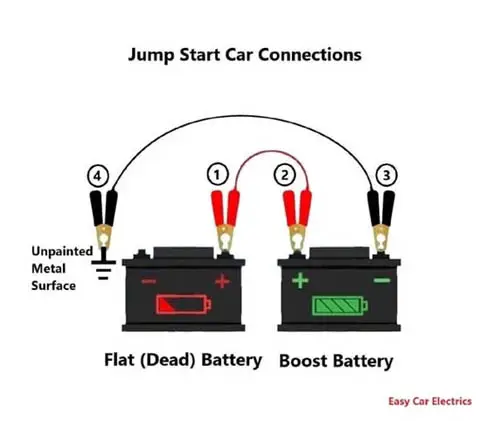
Red To Flat Battery: Connect one end of the red jumper lead to the positive (+) terminal of the flat (dead) battery of the recipient’s car.
Red To Boost Battery: Connect the other end of the red jumper lead to the positive (+) terminal of the boost battery of the donor car.
Black To Boost Battery: Connect one end of the black jumper leads to the negative terminal of the boost battery of the donor car.
Black To Dead Car’s Metal Frame: Connect the other end of the black jumper-lead to a clean unpainted metal section of the recipient car away from the battery (car’s metal frame or unpainted engine surface).
This is an Info
The black jumper lead/cable can be connected to the negative terminal of the dead battery, but experts agree not to do this, it might cause a spark and explosion.
This is a Danger
Remove the jumper leads urgently if they get hot.
Related Post: How To Safely Jump Start A Car Without Another Car
Step 3. Run The Car
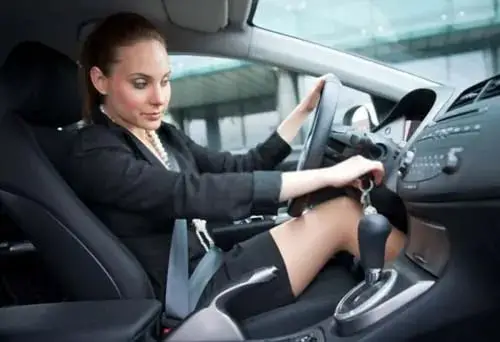
Firstly, Start the donor car for two minutes so that the boost battery has enough amount of charge.
Secondly, Start the dead car and keep running for at least 15-20 minutes to charge the dead battery.
This is an Info
If you have jump-started the car, but the battery dies soon after you run for at least 15-20 minutes, you might have a weak alternator or a completely dead battery, or bad wiring connections.
How To Unhook Jumper Cables
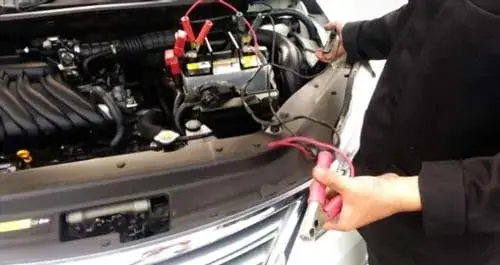
After jump-starting the car you should remove the jumper cables in Reverse Order of the way it was connected. Below are the four easy steps for removing the jumper cables properly in reverse order after jump-starting the car.
- Black Off The Metal Surface. Remove the black jumper cable from the unpainted metal surface on the dead car.
- Black Off The Boost Battery. Remove the black jumper cable from the negative terminal of the boost battery.
- Red Off The Donor Car. Remove the red jumper cable from the donor car’s positive terminal.
- Red Off The Dead Car. Remove the red jumper cable from the dead car’s positive terminal.
So, it was all about jump-starting a car with another car with leads by yourself. I hope you have enjoyed reading the article.
Related • How To Jump Start A Car With A Spare Battery
Reasons Why Jump Starting May Not Work
A. Insufficient power from the donor vehicle:
the first reason why for the car not jumping is the weak donor battery. The donor vehicle may not have enough power in its battery to provide a sufficient boost to the dead battery. Factors such as a small or weak battery, an old battery, or a battery with a low charge can contribute to insufficient power.
B. Poor cable connection:
Inadequate or loose connections between the jumper cables and the battery terminals can hinder the flow of electricity.
Corrosion or dirt on the terminals can create barriers and prevent a proper connection.
C. Defective or damaged jumper cables:
Jumper cables that are faulty, damaged, or worn out may not transmit the required electrical current effectively.
Frayed wires, loose clamps, or insulation damage can hinder the flow of electricity during the jump start process.
D. Other potential causes for failed jump starts:
Issues with the car’s ignition system or starter motor can prevent the jump start from being successful. A severely discharged battery that cannot be revived through a jump start may indicate a deeper problem. Problems with the alternator or other electrical components can interfere with the charging process.
It’s important to consider these reasons when troubleshooting jump start failures, as identifying the underlying cause can help in finding the appropriate solution.
Troubleshooting Jump Start Failures
A. Testing the battery voltage:
- Use a multimeter to measure the voltage of the dead battery.
- A low voltage reading indicates a weak or discharged battery that may require charging or replacement.
B. Checking the battery connections:
- Inspect the battery terminals for any loose or corroded connections.
- Ensure that the terminals are clean and free from corrosion or buildup.
- Tighten any loose connections and clean the terminals if necessary.
C. Assessing the condition of the battery:
1. Age and wear:
- Consider the age of the battery as it may have reached the end of its lifespan.
- Older batteries tend to have reduced capacity and may struggle to hold a charge.
- If the battery is too old, replacing it might be the best solution.
2. Corrosion or buildup on terminals:
- Check for corrosion or a white, powdery buildup on the battery terminals.
- Corrosion can hinder the flow of electricity and cause poor connections.
- Clean the terminals using a mixture of baking soda and water or a specialized terminal cleaner.
Alternative Solutions to Jump Starting
A. Using a portable battery charger:
A portable battery charger, also known as a jump starter pack, can be an effective alternative to jump starting with another vehicle.
These devices have their own built-in battery and can provide the necessary power to jump start a car independently.
B. Calling for professional roadside assistance:
If you are unable to jump start your car or prefer not to attempt it yourself, contacting professional roadside assistance is a reliable option.
C. Towing the vehicle to a service center:
If all attempts to jump start the car have failed or if there are underlying mechanical or electrical problems, towing the vehicle to a service center is advisable.
Frequently Asked Questions (FAQs)
When attempting to jump a car, it is important to connect the terminals in the correct order. The first terminal that should be connected is the positive terminal of the dead battery. This should be connected to the positive terminal of the boost battery. Once this connection is made, you can then connect the negative terminal of the boost battery to a metal ground on the car with the dead battery.
If your battery continues to die after a jump start, it may indicate an underlying issue with the battery or the charging system of your car. It is recommended to have the battery and electrical system checked by a professional mechanic to identify the cause and perform any necessary repairs or replacements.
After a successful jump start, it is advisable to let your car run for about 20 to 30 minutes. This allows the alternator to charge the battery sufficiently. However, the exact time may vary depending on the condition of your battery and the driving conditions. Consult your vehicle’s manual for specific recommendations.
Can I jump start my car alone?
Sign Up

